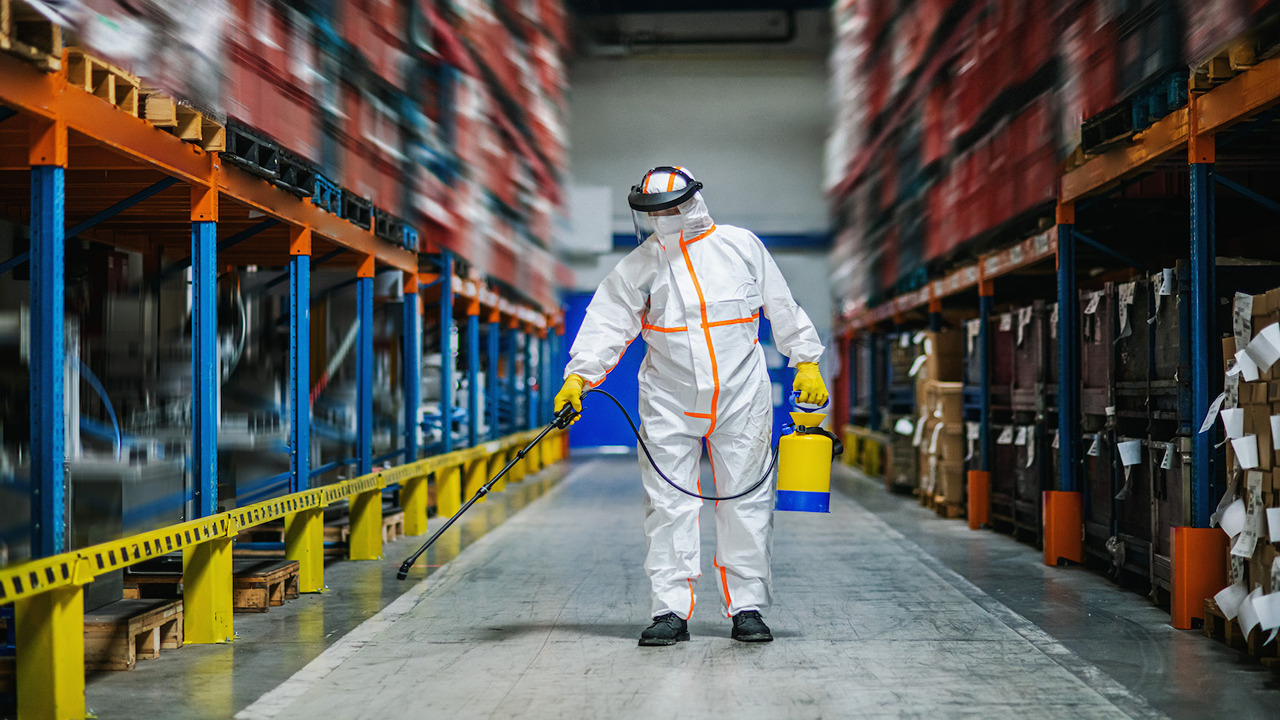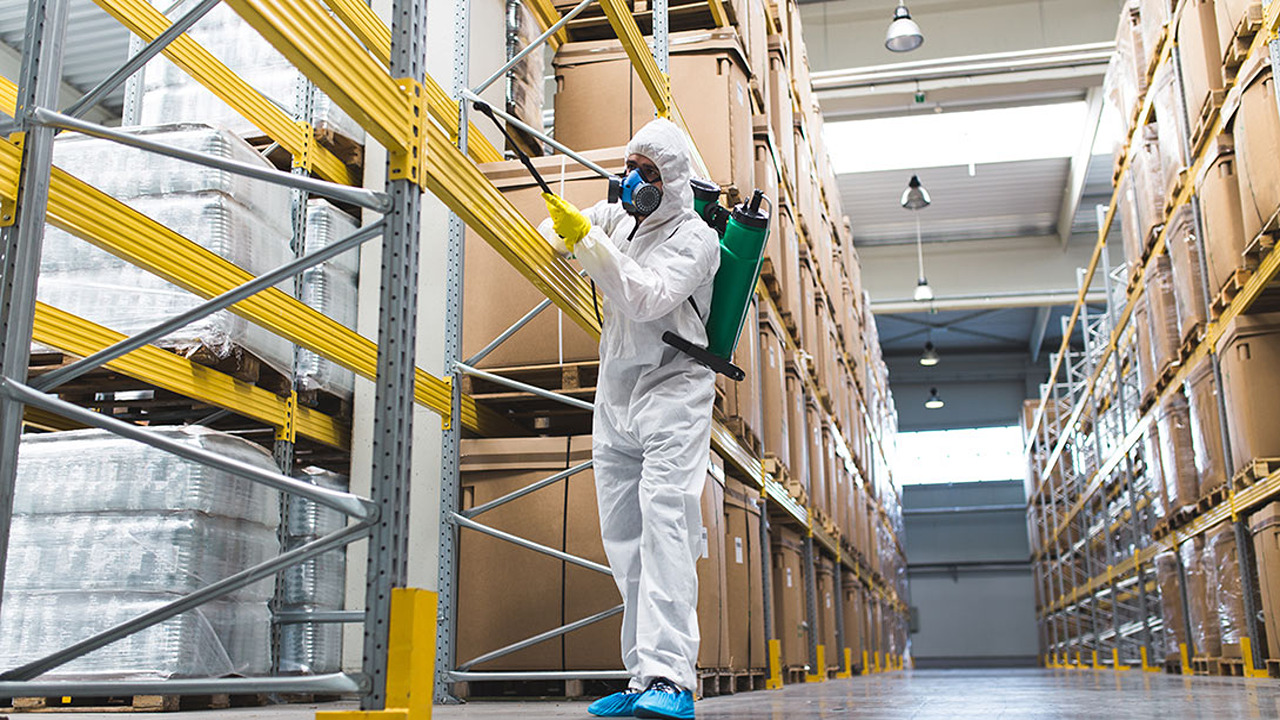Hygienic Pallets: Essential Requirements for Clean and Safe Logistics
Introduction
Hygienic pallets play a critical role in industries such as food, pharmaceuticals, healthcare, and cosmetics, where maintaining strict sanitation standards is essential. Poor hygiene during transportation can lead to contamination of goods, potentially causing health risks, product recalls, and financial losses. Hygienic pallets, designed with cleanliness and contamination prevention in mind, ensure that products remain safe and uncontaminated throughout the supply chain. This article discusses the key requirements for hygienic pallets and how they contribute to safe logistics.
- Material Composition
The choice of material is one of the most important factors in ensuring a pallet’s hygienic properties. Unlike wooden pallets, which can harbor bacteria, absorb moisture, and splinter, plastic pallets and stainless-steel pallets are commonly used in hygienic environments due to their non-porous nature. Non-porous materials do not absorb liquids, which prevents bacteria, fungi, and mold from thriving on the pallet surface.
Key Materials:
- Food-Grade Plastic: Pallets made from high-density polyethylene (HDPE) or polypropylene (PP) are ideal due to their strength, durability, and resistance to chemicals and moisture.
- Stainless Steel: Often used in high-risk environments like pharmaceuticals or laboratories, stainless steel is resistant to corrosion and easy to sterilize.
Pallets made from these materials help ensure compliance with hygiene standards in industries requiring clean and contamination-free environments.
- Easy to Clean and Sanitize
In environments where hygiene is paramount, pallets must be designed for easy cleaning. Pallets with smooth surfaces, minimal joints, and no gaps where dirt or bacteria can accumulate are ideal. Traditional wooden pallets have rough surfaces and nails, making them difficult to clean properly, while hygienic pallets are often designed to be sanitized quickly and efficiently.
Cleaning Protocols:
- Hygienic pallets should withstand frequent washing with high-pressure water and strong cleaning agents such as disinfectants or steam.
- Some pallets can be placed in industrial washers or cleaned with chemical treatments to remove contaminants.
This feature is particularly crucial in the food and pharmaceutical industries, where thorough cleaning between uses is required to prevent cross-contamination.
- Durability and Strength
While cleanliness is important, hygienic pallets also need to be durable enough to withstand repeated use and harsh conditions such as temperature fluctuations, impact during transport, and exposure to strong cleaning agents. This ensures that they maintain their structural integrity over time and do not degrade, which could compromise hygiene.
Key Aspects:
- Chemical Resistance: Pallets must resist degradation from harsh cleaning chemicals.
- Temperature Tolerance: In cold chain logistics (e.g., frozen foods), pallets must withstand low temperatures without becoming brittle.
By combining hygiene with robustness, companies ensure long-term use and reliability in harsh environments.
- Compliance with Regulatory Standards
Hygienic pallets must adhere to strict industry regulations and standards to ensure they meet the necessary safety and hygiene protocols. Each industry has specific guidelines that manufacturers and suppliers must follow.
Common Standards:
- FDA (Food and Drug Administration): Pallets used in food processing and transportation in the United States must comply with FDA regulations.
- ISO 22000: This standard specifies the requirements for food safety management systems, and hygienic pallets must meet these guidelines to ensure safe food handling and transportation.
- HACCP (Hazard Analysis and Critical Control Points): This approach identifies and controls potential risks in food processing, where hygienic pallets play a role in minimizing contamination risks.
Compliance with these regulations helps businesses avoid legal issues and ensures the safety and quality of their products.
- Antimicrobial Properties
To further enhance cleanliness, some hygienic pallets are treated with antimicrobial coatings or materials that inhibit the growth of bacteria and fungi. These properties help reduce the risk of contamination during storage and transport, adding an extra layer of protection against microbial hazards.
Key Benefits:
- Active Microbial Defense: Antimicrobial agents in the pallet’s surface prevent the growth of harmful pathogens.
- Long-Lasting Effect: Some antimicrobial treatments are designed to be long-lasting, providing continuous protection throughout the pallet’s lifespan.
This feature is especially useful in environments where strict sterility is required, such as pharmaceuticals, medical devices, and food production.
- Resistance to Contaminants
In addition to microbial protection, hygienic pallets must be resistant to various chemical and environmental contaminants. Pallets in food, chemical, or pharmaceutical industries are often exposed to oils, fats, blood, and other liquids that could lead to contamination. Ensuring the pallets can resist such substances without absorbing or breaking down is critical.
Examples of Resistant Features:
- Oil and Grease Resistance: Prevents contamination in food processing or cosmetics transport.
- Chemical Resistance: Allows for safe handling of pharmaceutical or chemical goods without degradation or contamination of products.
By maintaining resistance to environmental factors, hygienic pallets ensure product integrity.
- Lightweight and Ergonomic Design
Ergonomics is another important consideration in pallet design, particularly for industries requiring frequent manual handling of pallets. Hygienic pallets are often designed to be lightweight and easy to handle, without sacrificing durability. Ergonomic designs help improve workflow efficiency, reduce strain on workers, and prevent workplace injuries.
Ergonomic Features:
- Lightweight Construction: Reduces physical effort during handling.
- Easy Stacking and Nesting: Ensures that pallets can be stacked or nested without contamination risks.
A lightweight yet sturdy design enhances both worker safety and hygiene protocols, particularly in high-speed logistics operations.
- Traceability and Tracking
Traceability is essential in industries where the origin and handling of products need to be monitored. Many hygienic pallets come equipped with RFID tags or barcodes that allow for the tracking of individual pallets through the supply chain. This technology enables companies to maintain accurate records of pallet usage, sanitation history, and product flow.
Benefits of Traceability:
- Enhanced Supply Chain Visibility: Companies can monitor the movement of pallets and products, ensuring compliance with hygiene standards.
- Quality Control: Tracking pallets allows businesses to identify potential contamination risks and maintain strict quality control over their products.
This feature is particularly important in industries like pharmaceuticals and food production, where traceability is critical for recalls and audits.
Conclusion
Hygienic pallets are an essential component of modern logistics, particularly in industries where sanitation and cleanliness are of the utmost importance. From their non-porous materials and easy-to-clean design to compliance with regulatory standards and antimicrobial properties, hygienic pallets offer a safe and reliable solution for preventing contamination in sensitive supply chains. By investing in pallets that meet these key requirements, companies can protect their products, ensure compliance with hygiene standards, and maintain the highest levels of safety throughout the supply chain.



